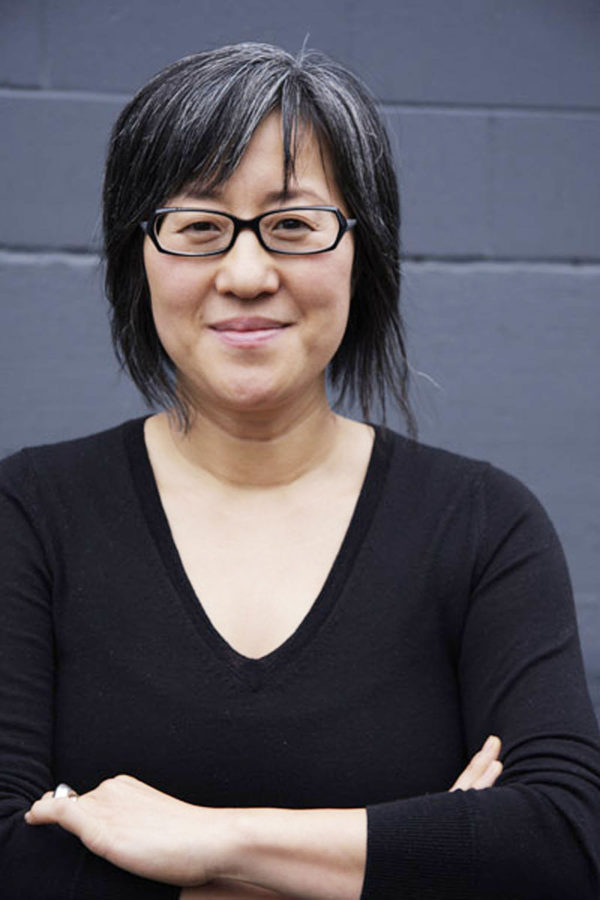
Korean-born artist Jin-me Yoon is an involved member of the Vancouver contemporary art community. She combines artistic elements to construct videos and photographs that explore the relationship between places, identities, actions and experiences.
“I use photography in my work, like performances for the camera and conceptual uses of photography, but I’ve never identified as a photographer,” Yoon said Tuesday evening during a speech at SMU.
The inspiration for a large part of her work has been influenced by her childhood, Yoon said. After moving from Korea to Canada at a young age, she experienced a lot of change and started to question the notion of an individual in terms of identity.
“In Canada, I looked different,” said Yoon. “I was racialized from the surface of my body; whereas in Korea, I looked the same, but I felt different.”
The cross between identity and place has always been a central theme in Yoon’s work. In 1996, she created a piece titled “A Group of Sixty-Seven,” which made reference to the year 1867, when the Canadian Confederation was formed, and to the year 1967, when restrictions on immigration to Canada were repealed. Yoon said she felt like she needed to create a large piece of art that encompassed the idea of a nation represented by an image of individuals.
Yoon captured images of 67 different Koreans posing in front of the same two photographs. After assembling the separate pictures together on the wall, the final product was meant to look like a flag, representing the image of a nation.
Yoon uses a variety of landmarks and historical references to explore how ideas, images and symbols are associated with one’s national identity and the records of the past.
In March, Yoon’s “Extended Temporalities” exhibition was presented at The Pollock Gallery of the Division of Art at SMU’s Meadows School of the Arts. The exhibition highlighted relationships between the past and the present within the body through an ongoing series of video documentation.
For 21-year-old Elisabeth Marshall, an undergraduate student studying management science at SMU, Yoon’s exhibit was a form of inspiration for her writing. In her free time, Marshall said she enjoys writing about the associations between physical sensations, internal emotions and experiences from the past. Marshall reflects on different dimensions of her past and explores its deeper value.
“The meaning is not easily absorbed, and it is never clearly defined,” said Marshall.
Marshall said she could relate to Yoon’s work because Yoon’s complex explorations also explore interpretations on a deeper level. Yoon’s studies are built on past events that are embedded into the body, and her work is layered with historical references to create a double meaning.
“I’ve always been interested in that place where one thing isn’t the other,” she said. After viewing one of her videos for the first time, one would never attain its true meaning.
According to Yoon, “being an artist means trying new things and discovering ideas that were never anticipated.” Yoon believes that the interconnected elements of the past and the present have a relationship that reflects one’s experiences and defines
one’s identity.








